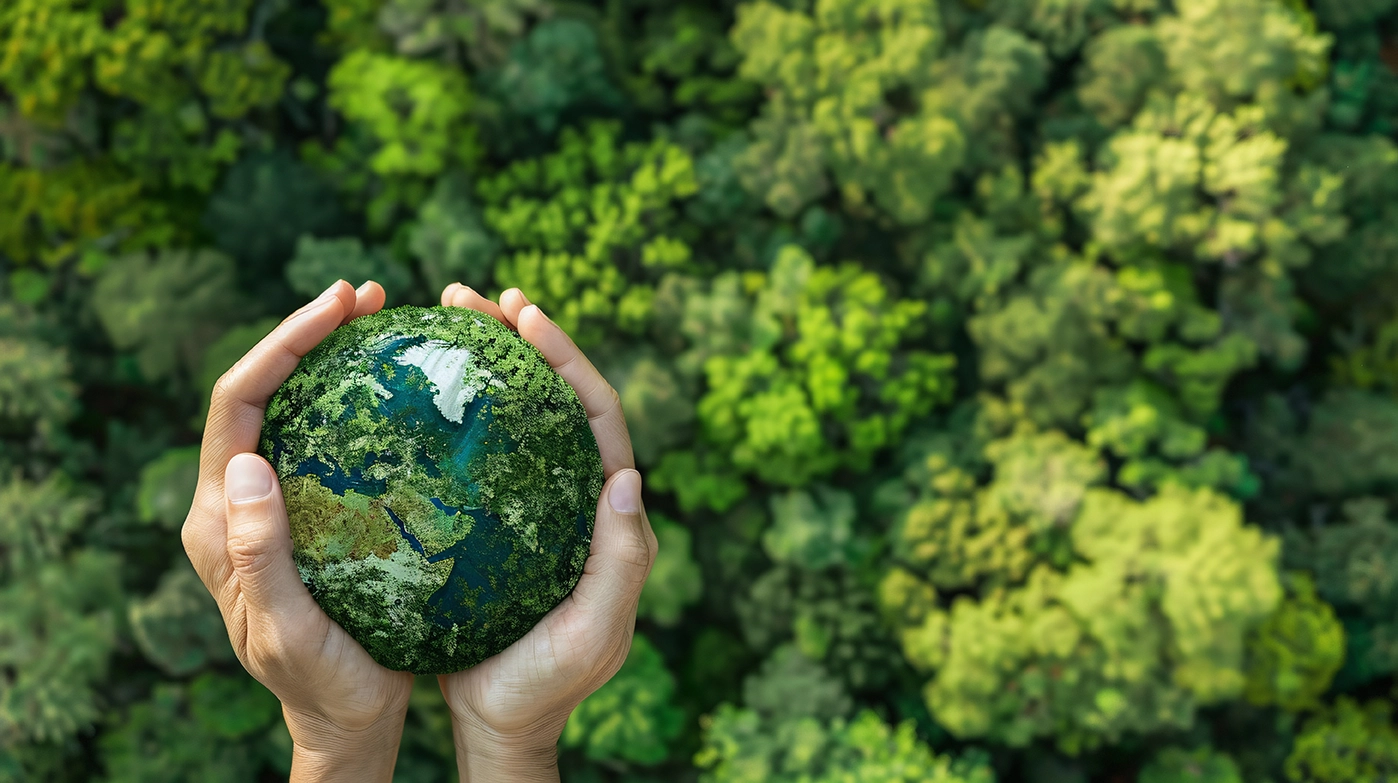FOREVER THE FOREST, Health, News
How can we save our rainforests?
We are all aware of deforestation, or at least should be. It is a great concern for the future of our planet and for the future of our children. At such rapid rates of deforestation we are facing a great threat to our food supply, as well as water supply, so our entire existence is dependent on rain forests, and ultimately on ourselves. Let’s first understand and accept the main cause of deforestation. Have you wondered where all your food, water, furniture and houses come from? A seemingly endless supply when you don’t connect the dots. How else can we explain the destruction of more than 80% of the Earth’s natural forests and rainforests in a matter of 100 years?
…Could it be…us? Humans? Could the Industrial Revolution have made way for the greedy and power hungry entities of the world to abuse our planet for their own benefit?
Well….Yes.
It is quite obvious that humanity is responsible for everything that is happening on this Planet, from cutting down trees to building more roads and infrastructures. The day human kind began to abuse its forest lands to feed greed and fear is the day this planet along with all forms of life it sustains began facing a great threat to survival.
Some say humans build for a better world, but is that truly their intention? Are humans building for the world or are they fostering just for themselves?
We must really ponder on these questions.
Studies show that in low population areas, where people sustain themselves by growing their own food, using various forces of nature for energy, building their own houses from local organic resources, nature is somehow preserved and cultivates more resources not only for the locals but for the entire planet.
In highly populated area with industrial technologies, manufacturing companies, factories, major crop areas, etc..Nature and its resources are declining at an accelerated rate, leading manufacturers and large corporations to go on foreign territories to steal and destroy the rainforest land from there. Sounds like an infection or cancer huh…. Causing the rapid deterioration of our Earth.
You know that saying “Money doesn’t grow on trees”?
Well if you think about it, it does. Fruits, Vegetables, oils, medicines, fabric, construction material, all come from certain trees or plants.
Except, instead of “consciously” using the resources our planet offers us, by taking only what we need to sustain ourselves and our family, by planting more seeds to replace whatever we have taken, by balancing with an equal exchange of life and love, some of us decided to monopolize on Nature. By taking way too much, in too little time, just to fill the pockets of a select few that thrive in the unfortunate world of consumerism they have created.
So, yes the connection is REAL, what we do and how we live literally and directly has a huge effect on our planet. If each one of us learns to sustain ourselves and our family, eat mainly homegrown food, recycle and use only recycled products, eat less meat (believe it or not as humans we don’t need that much meat in our diet, and we CAN survive on a plant based diet), be conscious of how much plastic you use, plant gardens and trees, if you can go off grid or even build a permaculture house which would be independent of government gas, water, or electricity, we could easily overcome the destruction of the system and reverse the damage that has been done to our Mother Earth.
And here’s a start as to HOW;
1. Empowering Indigenous Communities
Why: Indigenous peoples are the traditional guardians of the Amazon and have lived sustainably within it for centuries. Supporting their land rights is key to forest conservation.
- Action: Strengthen the legal rights of Indigenous communities to protect their land from deforestation and exploitation.
- Funding: Provide financial and technical support through international funds and NGOs to help them maintain sustainable lifestyles and become central in decision-making processes.
- Education: Share Indigenous knowledge globally through media and educational initiatives, emphasizing their role as stewards of the forest.
2. Creating Sustainable Economic Opportunities
Why: Much of the deforestation in the Amazon is driven by economic pressures, such as agriculture, mining, and logging. Providing alternative, sustainable livelihoods is crucial.
- Eco-friendly businesses: Support local enterprises that promote sustainable use of forest resources, such as non-timber forest products (NTFPs), including Brazil nuts, açai, and medicinal plants.
- Ecotourism: Develop eco-tourism ventures that bring income to communities without harming the environment. This can involve wildlife tours, cultural exchanges, and rainforest lodges.
- Carbon credits & sustainable certification: Promote and fund projects that reward rainforest conservation through carbon markets and sustainable certifications like Fair Trade or Rainforest Alliance.
3. Education and Awareness Campaigns
Why: People are more likely to protect what they understand and value. Changing mindsets globally can foster a greater collective commitment to preserving the rainforest.
- Global media campaigns: Launch large-scale, captivating campaigns via social media, documentaries, and digital platforms that show the Amazon’s importance to the planet’s health and human well-being.
- Curriculum integration: Integrate environmental education focused on the Amazon into school curricula globally. Highlight how ecosystems are interdependent, and the Amazon’s role in climate regulation and biodiversity.
- Influencer partnerships: Collaborate with well-known figures, including celebrities, athletes, and business leaders, to advocate for rainforest protection and sustainability.
4. Implementing Stronger Environmental Policies
Why: Legal frameworks and enforcement are vital to reducing deforestation and holding corporations accountable.
- Action: Governments should create and enforce strict policies against illegal deforestation, including transparent land-use laws.
- International pressure: Use global forums such as the UN and G20 to push for multilateral agreements that penalize countries and corporations involved in Amazon destruction.
- Support sustainable agriculture: Shift subsidies from destructive industries like cattle ranching and soy farming to sustainable agricultural practices that protect the forest.
5. Promoting Reforestation and Regeneration Projects
Why: While protecting the forest is key, regenerating areas that have already been destroyed helps restore biodiversity and ecosystem functions.
- Action: Invest in reforestation projects that focus on native species and involve local communities in tree planting and forest management.
- Agroforestry initiatives: Promote agroforestry systems, where agricultural production is integrated with forest management, helping to regenerate forests while providing food and income for local people.
6. Incentivizing Sustainable Consumption
Why: Consumer demand drives much of the environmental degradation in the Amazon. Shifting to more sustainable consumption habits can reduce this pressure.
- Product labeling: Ensure that consumers have access to information about the environmental impact of products through labeling that highlights sustainably sourced goods, especially in sectors like beef, soy, palm oil, and timber.
- Eco-conscious consumer movements: Foster consumer awareness campaigns that encourage people to make sustainable purchasing choices and reduce demand for products linked to deforestation.
7. Creating Global and Local Partnerships
Why: No single government or organization can solve this problem alone. Collaborative efforts across borders, sectors, and communities are necessary for meaningful change.
- Action: Build alliances between governments, corporations, NGOs, and local communities to co-create solutions that balance economic needs with environmental sustainability.
- International funding: Encourage developed nations to contribute to the protection of the Amazon through international climate funds that help finance sustainable development projects.
- Corporate responsibility: Engage multinational corporations that source products from the Amazon in partnerships that commit them to sustainable sourcing and zero-deforestation supply chains.
8. Fostering a Global Mindset Shift
Why: Long-term rainforest protection will only be achieved if humans fundamentally rethink their relationship with nature.
- Action: Promote deep ecological education that instills an understanding of the interconnectedness between humans and nature, emphasizing that protecting ecosystems like the Amazon is not just altruistic but essential for human survival.
- Cultural narratives: Use storytelling, art, and cultural projects to cultivate a sense of wonder and responsibility for the natural world, building a culture where nature protection is seen as integral to human identity.
9. Harnessing Technology for Conservation
Why: Technology offers innovative ways to monitor and protect the Amazon from illegal activities.
- Satellite monitoring: Use satellite technology and AI-powered data analytics to detect deforestation in real-time and prevent illegal logging and land clearing.
- Blockchain for transparency: Leverage blockchain to track the origins of goods and ensure that they are sourced from sustainable practices, allowing consumers to make informed choices.
- Apps and platforms for global action: Create mobile apps and online platforms where people can “adopt” portions of the rainforest or contribute to preservation projects directly.
10. Youth Engagement and Global Movements
Why: The future of the planet depends on the next generation. Youth movements have the power to push for substantial, long-lasting changes.
- Engagement programs: Support youth organizations and educational programs that engage young people in climate action and rainforest preservation.
- Global forums for youth leadership: Facilitate platforms for young leaders from across the globe to discuss, strategize, and take action on protecting the Amazon, aligning with global movements like Fridays for Future.
Summary
This comprehensive approach tackles both the immediate threats to the Amazon rainforest and the long-term challenge of shifting human mindsets. By combining economic incentives, legal protections, community empowerment, education, and global collaboration, we can create a sustainable path forward that not only protects the Amazon but also fosters a deep respect and understanding of nature in the hearts and minds of people everywhere.
With Peace and Respect! Pachamama People Movement


